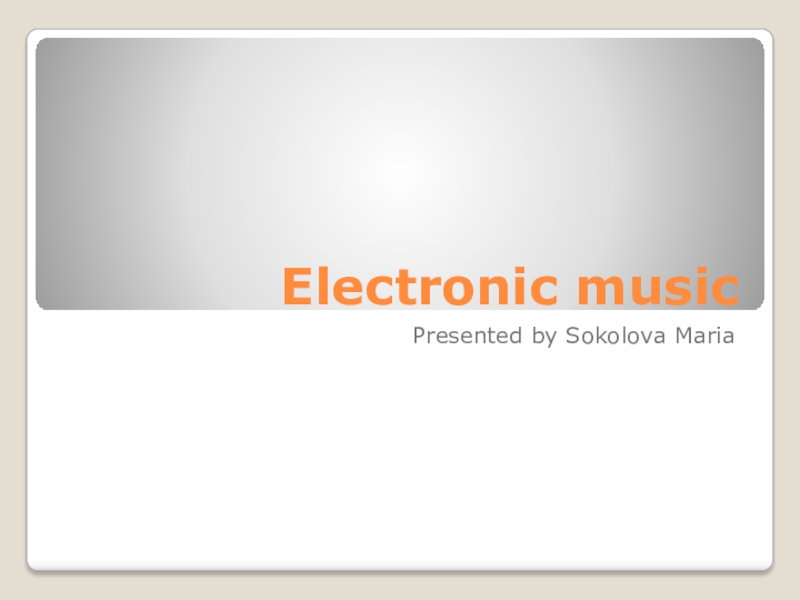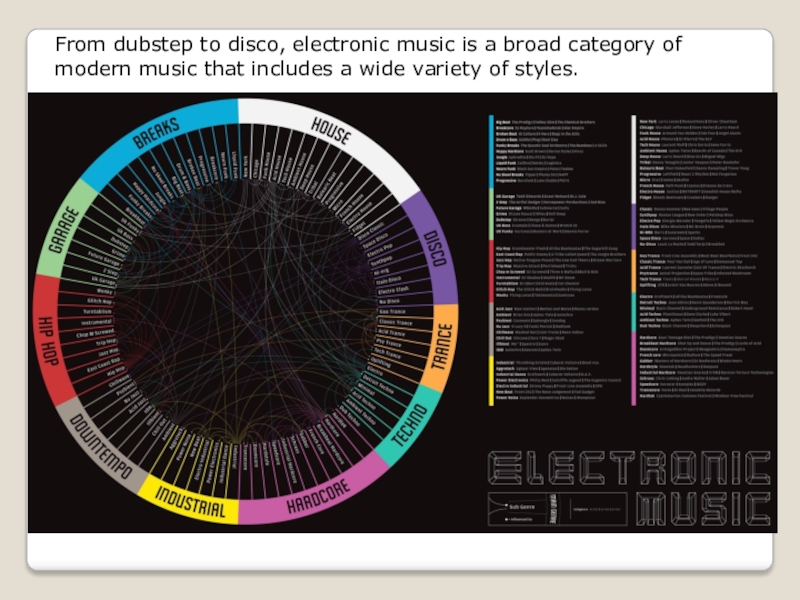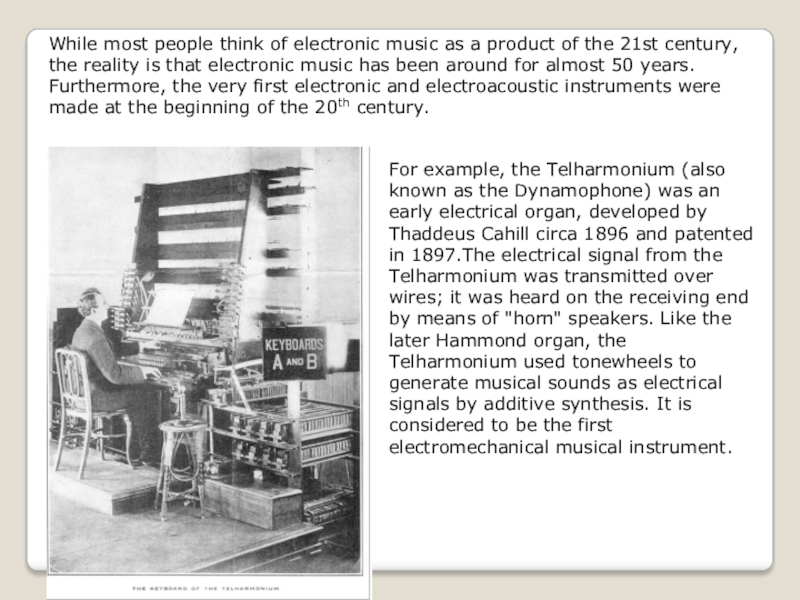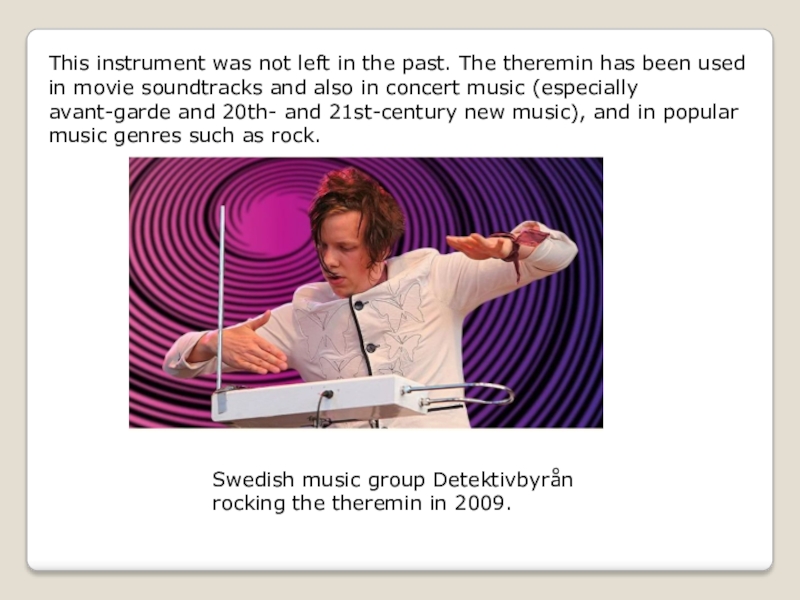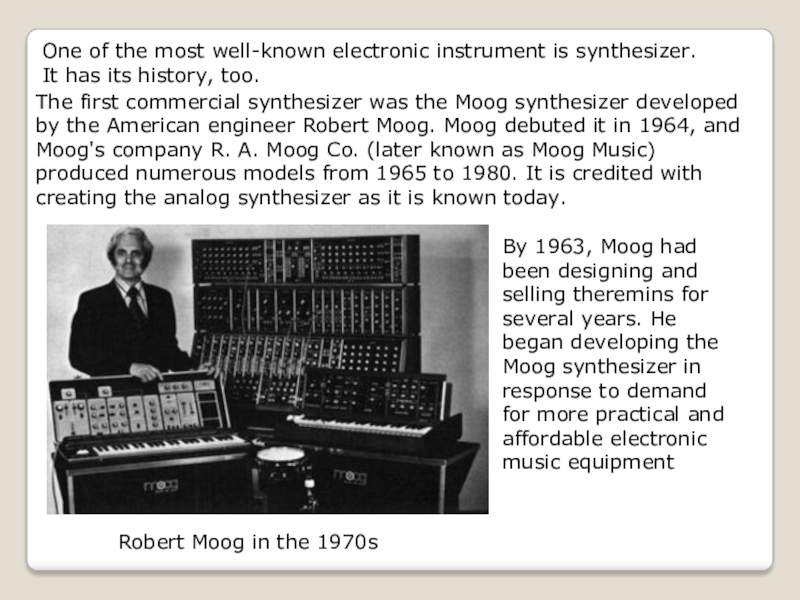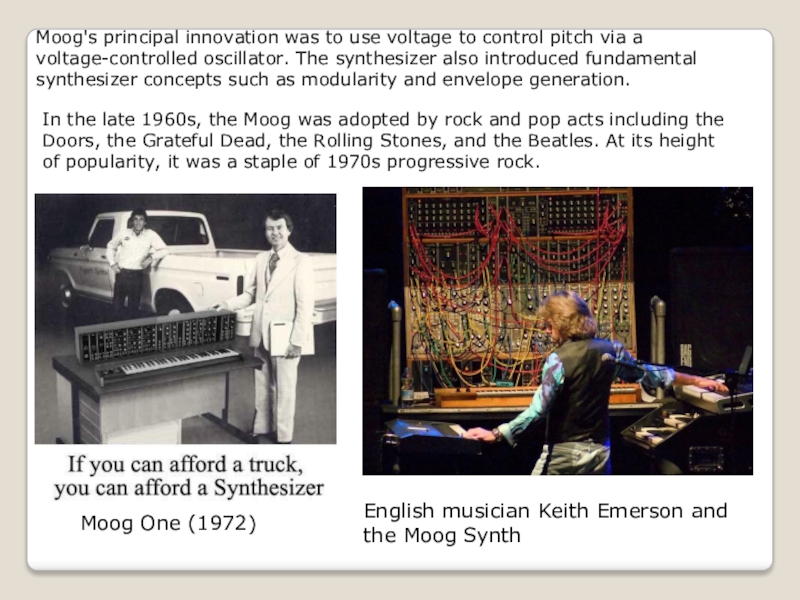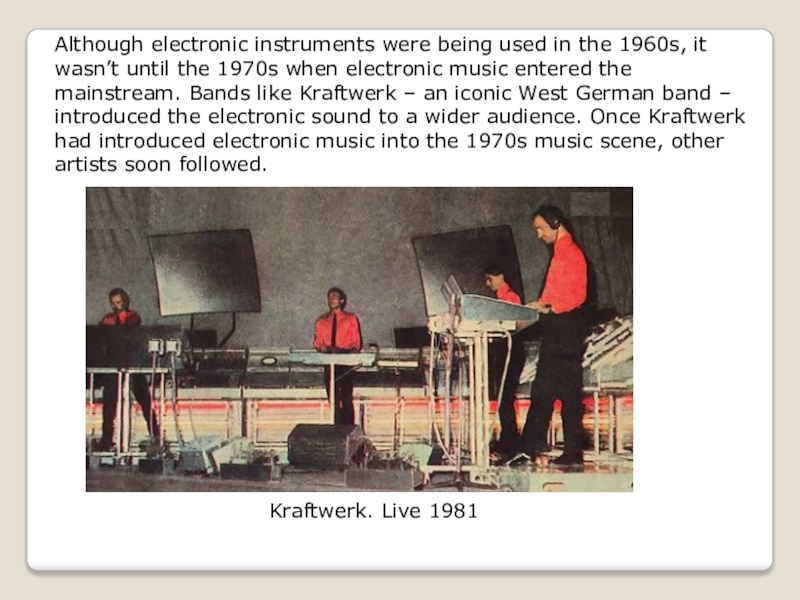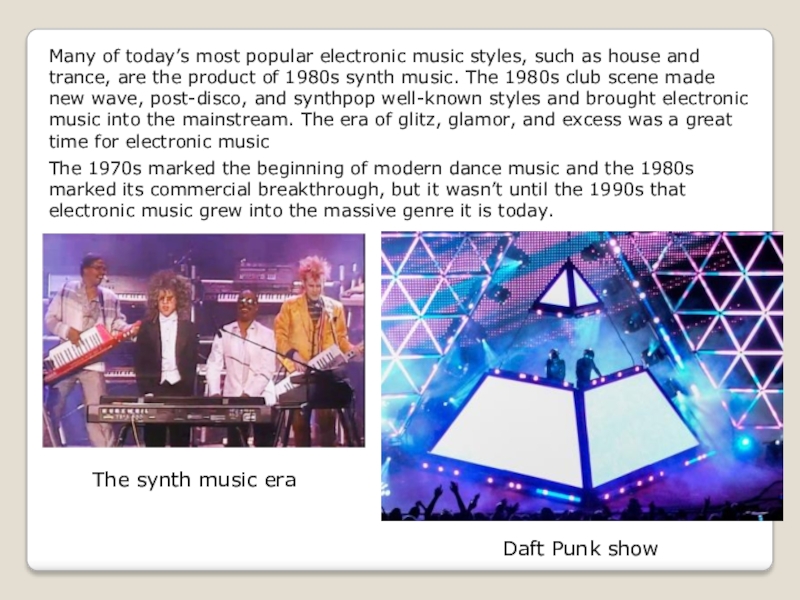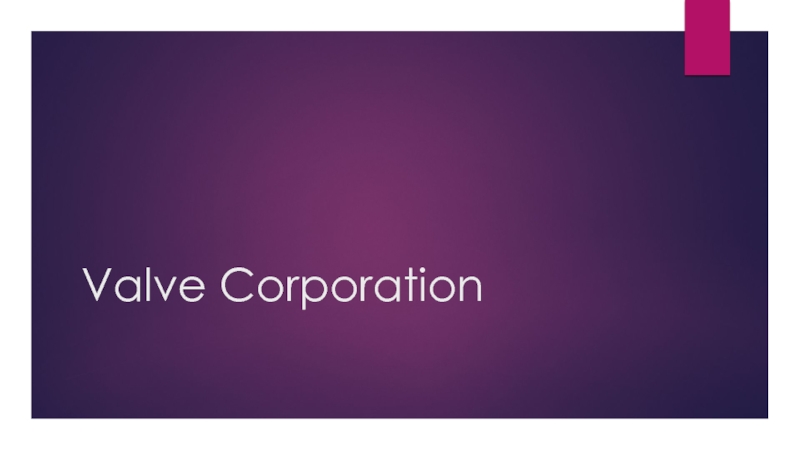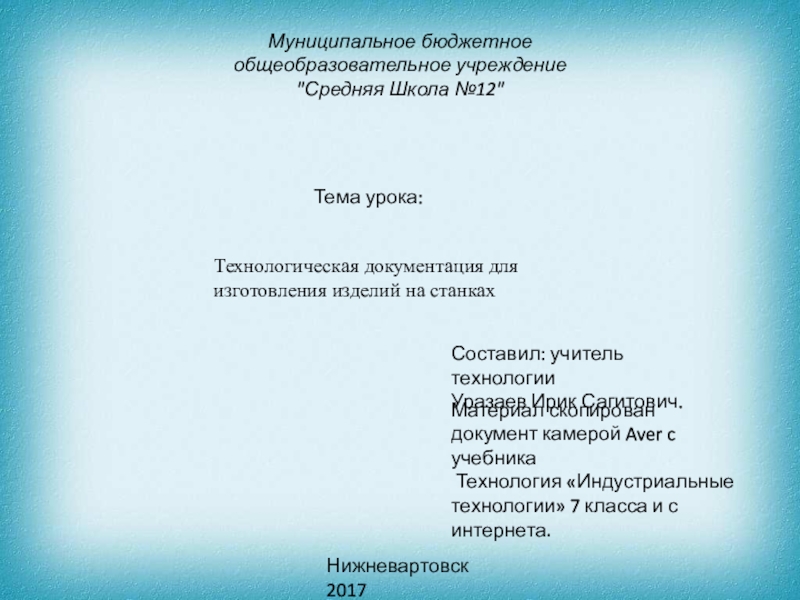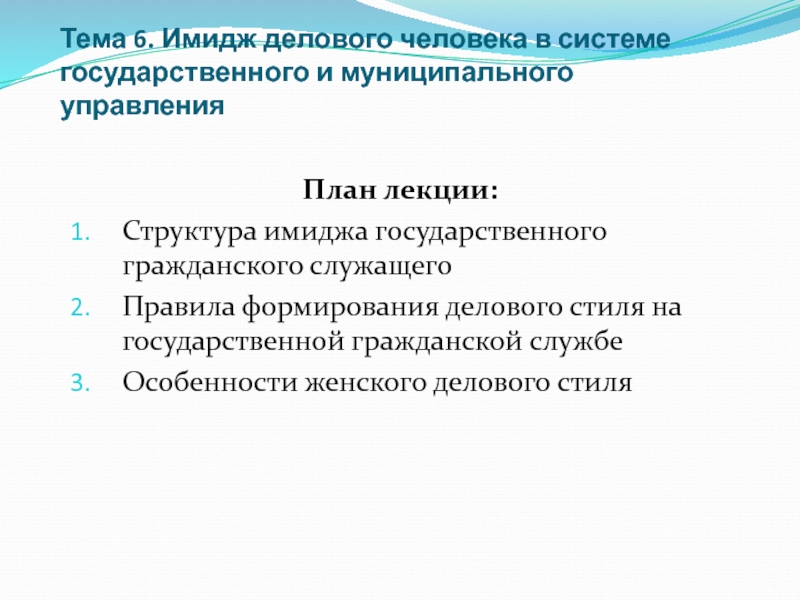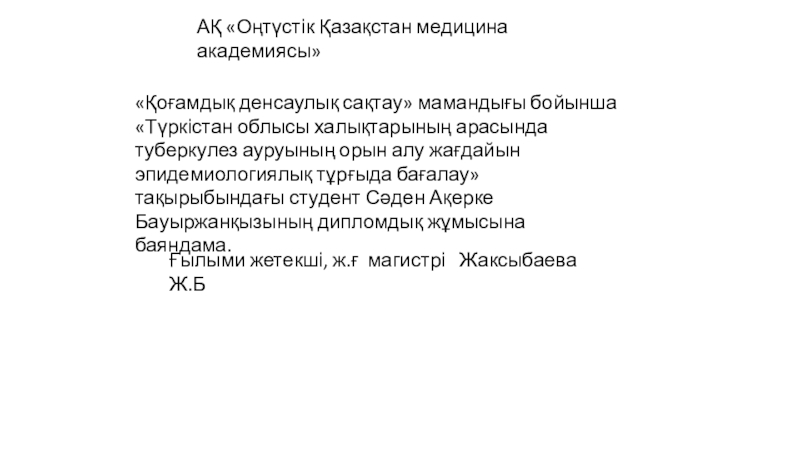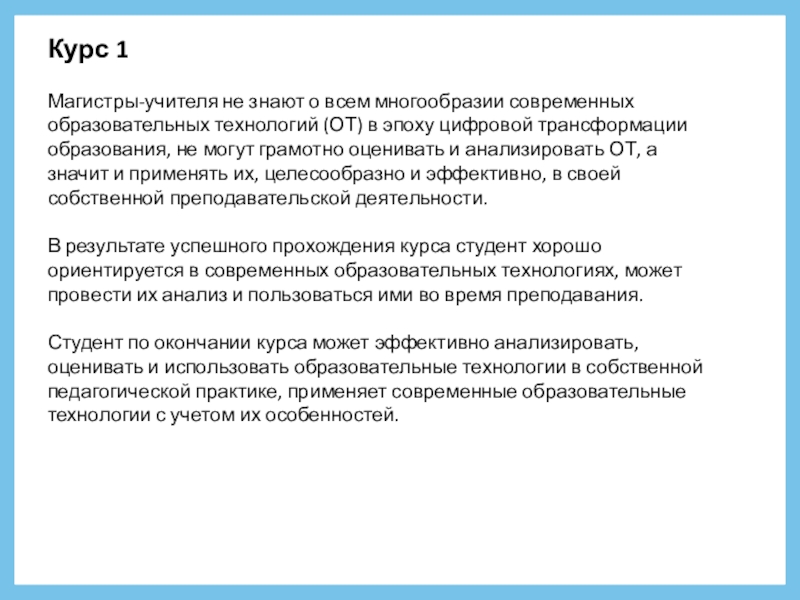Разделы презентаций
- Разное
- Английский язык
- Астрономия
- Алгебра
- Биология
- География
- Геометрия
- Детские презентации
- Информатика
- История
- Литература
- Математика
- Медицина
- Менеджмент
- Музыка
- МХК
- Немецкий язык
- ОБЖ
- Обществознание
- Окружающий мир
- Педагогика
- Русский язык
- Технология
- Физика
- Философия
- Химия
- Шаблоны, картинки для презентаций
- Экология
- Экономика
- Юриспруденция
Electronic music
Содержание
- 1. Electronic music
- 2. From dubstep to disco, electronic music is
- 3. ElectroacousticElectronicTechnically, we name music as electronic when
- 4. While most people think of electronic music
- 5. The theremin is an electronic musical instrument
- 6. This instrument was not left in the
- 7. One of the most well-known electronic instrument
- 8. Moog's principal innovation was to use voltage
- 9. Although electronic instruments were being used in
- 10. Many of today’s most popular electronic music
- 11. Thank you for your attention!Thank you for your attention
- 12. Скачать презентанцию
Слайды и текст этой презентации
Слайд 2From dubstep to disco, electronic music is a broad category
of modern music that includes a wide variety of styles.
Слайд 3Electroacoustic
Electronic
Technically, we name music as electronic when it employs electronic
musical instruments, digital instruments and circuitry-based music technology. A distinction
can be made between sound produced using electromechanical means (electroacoustic music) and that produced using electronics only.Electrumpet
Electroacoustic violin
synthesizer
Eigenharp
Слайд 4While most people think of electronic music as a product
of the 21st century, the reality is that electronic music
has been around for almost 50 years. Furthermore, the very first electronic and electroacoustic instruments were made at the beginning of the 20th century.For example, the Telharmonium (also known as the Dynamophone) was an early electrical organ, developed by Thaddeus Cahill circa 1896 and patented in 1897.The electrical signal from the Telharmonium was transmitted over wires; it was heard on the receiving end by means of "horn" speakers. Like the later Hammond organ, the Telharmonium used tonewheels to generate musical sounds as electrical signals by additive synthesis. It is considered to be the first electromechanical musical instrument.
Слайд 5The theremin is an electronic musical instrument controlled without physical
contact by the thereminist (performer). It is named after its
inventor, Léon Theremin, who patented the device in 1928.The instrument's controlling section usually consists of two metal antennas that sense the relative position of the thereminist's hands and control oscillators for frequency with one hand, and amplitude (volume) with the other. The electric signals from the theremin are amplified and sent to a loudspeaker.
Слайд 6This instrument was not left in the past. The theremin
has been used in movie soundtracks and also in concert
music (especially avant-garde and 20th- and 21st-century new music), and in popular music genres such as rock.Swedish music group Detektivbyrån rocking the theremin in 2009.
Слайд 7One of the most well-known electronic instrument is synthesizer. It
has its history, too.
The first commercial synthesizer was the Moog
synthesizer developed by the American engineer Robert Moog. Moog debuted it in 1964, and Moog's company R. A. Moog Co. (later known as Moog Music) produced numerous models from 1965 to 1980. It is credited with creating the analog synthesizer as it is known today.By 1963, Moog had been designing and selling theremins for several years. He began developing the Moog synthesizer in response to demand for more practical and affordable electronic music equipment
Robert Moog in the 1970s
Слайд 8Moog's principal innovation was to use voltage to control pitch
via a voltage-controlled oscillator. The synthesizer also introduced fundamental synthesizer
concepts such as modularity and envelope generation.In the late 1960s, the Moog was adopted by rock and pop acts including the Doors, the Grateful Dead, the Rolling Stones, and the Beatles. At its height of popularity, it was a staple of 1970s progressive rock.
Moog One (1972)
English musician Keith Emerson and the Moog Synth
Слайд 9Although electronic instruments were being used in the 1960s, it
wasn’t until the 1970s when electronic music entered the mainstream.
Bands like Kraftwerk – an iconic West German band – introduced the electronic sound to a wider audience. Once Kraftwerk had introduced electronic music into the 1970s music scene, other artists soon followed.Kraftwerk. Live 1981
Слайд 10Many of today’s most popular electronic music styles, such as
house and trance, are the product of 1980s synth music.
The 1980s club scene made new wave, post-disco, and synthpop well-known styles and brought electronic music into the mainstream. The era of glitz, glamor, and excess was a great time for electronic music
The 1970s marked the beginning of modern dance music and the 1980s marked its commercial breakthrough, but it wasn’t until the 1990s that electronic music grew into the massive genre it is today.
The synth music era
Daft Punk show
